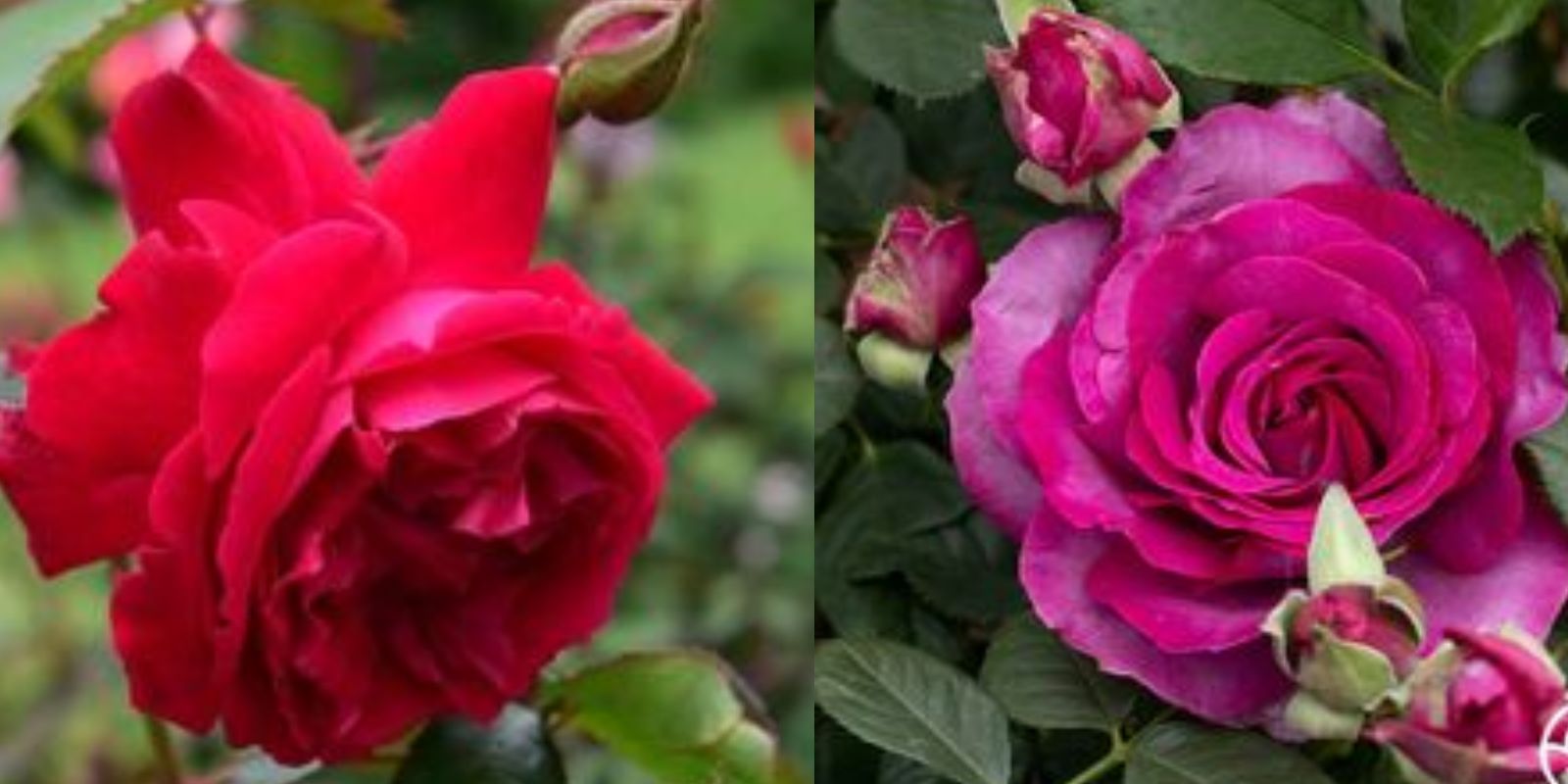Roses (Rosa spp.) have long been cherished for their stunning beauty and captivating fragrance. These classic flowers are symbols of love, beauty, and passion, and growing them in your garden can be a deeply rewarding experience. In this guide, we will explore the essential steps to successfully cultivate roses, ensuring that your garden flourishes with these timeless blooms.
Choosing the Right Variety
The first step in growing roses is selecting the right variety for your garden. Roses come in a multitude of forms, colors, and sizes, each with its own unique charm. When choosing a rose variety, consider your climate, garden space, and personal preferences. Some popular categories include:
- Hybrid Teas: Known for their large, single blooms and long stems, hybrid teas are ideal for cutting gardens and floral arrangements.
- Floribundas: These roses produce clusters of blooms, providing a continuous display of color throughout the growing season.
- Grandifloras: Combining the traits of hybrid teas and floribundas, grandifloras offer large blooms in clusters.
- Climbing Roses: Perfect for trellises, arbors, and fences, climbing roses add vertical interest to your garden.
- Shrub Roses: These hardy, low-maintenance roses are great for borders and hedges, offering a more natural look.
Researching the specific needs and characteristics of each variety will help you make an informed decision, ensuring that your roses thrive in your garden’s conditions.
Planting in a Sunny Location
Roses are sun-loving plants that require at least six hours of direct sunlight each day to flourish. When selecting a planting site, choose a location that receives ample sunlight, preferably in the morning. Morning sun helps dry the leaves, reducing the risk of fungal diseases.
Ensure that the site has good air circulation to further prevent disease and promote healthy growth. Avoid planting roses too close to other plants or structures that might block sunlight and airflow.
Preparing the Soil
Roses thrive in well-draining soil rich in organic matter. Before planting, prepare the soil by incorporating compost or well-rotted manure. This not only improves soil structure but also provides essential nutrients for the roses.
The ideal soil pH for roses is slightly acidic to neutral, ranging from 6.0 to 7.0. Conduct a soil test to determine the pH level and amend it if necessary. Adding lime can raise the pH, while sulfur can lower it.
Proper soil preparation ensures that your roses have the best possible start, leading to healthier, more vigorous plants.
Watering Regularly
Consistent moisture is crucial for rose health, but it’s important to strike a balance. Roses prefer soil that is consistently moist but not waterlogged. Overwatering can lead to root rot and other issues, while underwatering can stress the plants and reduce bloom production.
Water deeply at the base of the plant, avoiding overhead watering, which can promote fungal diseases. A soaker hose or drip irrigation system is ideal for delivering water directly to the roots while keeping the foliage dry.
During hot, dry periods, increase the frequency of watering to prevent stress and ensure continuous blooming.
Pruning Annually
Pruning is a vital part of rose care, promoting healthy growth and abundant blooms. Prune roses in late winter or early spring, just before new growth begins. This encourages strong, vigorous stems and improves air circulation within the plant.
When pruning, follow these steps:
- Remove Dead or Diseased Wood: Cut back any dead, damaged, or diseased canes to healthy tissue.
- Shape the Plant: Trim the plant to your desired shape, removing any weak or crossing stems.
- Encourage New Growth: Cut back the remaining canes by about one-third, making cuts just above outward-facing buds.
Regular pruning also helps control the size of the plant and directs energy into producing larger, more beautiful blooms.
Fertilizing
Roses are heavy feeders and benefit from regular fertilization. Use a balanced fertilizer, such as a 10-10-10 or 12-12-12 formulation, during the growing season to provide essential nutrients.
Apply fertilizer in early spring when new growth begins, and repeat every four to six weeks until late summer. Avoid fertilizing in late fall, as this can encourage new growth that may be damaged by frost.
In addition to synthetic fertilizers, consider using organic options like compost, fish emulsion, or alfalfa meal to nourish your roses naturally.
Monitoring for Pests and Diseases
Vigilance is key to keeping your roses healthy and free from pests and diseases. Common rose pests include aphids, spider mites, and Japanese beetles. Regularly inspect your plants and take action at the first sign of trouble.
Natural predators, such as ladybugs and predatory wasps, can help control pest populations. Insecticidal soaps and neem oil are also effective for managing pests without harming beneficial insects.
Diseases like black spot, powdery mildew, and rust can affect roses, particularly in humid conditions. To prevent these issues, water at the base of the plant, prune for good air circulation, and remove any infected leaves promptly.
Enjoying the Fruits of Your Labor
Growing roses requires patience, care, and attention, but the rewards are well worth the effort. The sight and fragrance of blooming roses can transform any garden into a paradise of beauty and serenity.
In addition to their aesthetic appeal, roses have a variety of uses. Cut flowers can brighten your home and make thoughtful gifts, while rose petals can be used in culinary creations, teas, and beauty products.
Conclusion
Cultivating roses is a fulfilling endeavor that brings timeless beauty to your garden. By choosing the right variety, planting in a sunny location, preparing the soil, watering regularly, pruning annually, fertilizing, and monitoring for pests and diseases, you can enjoy the splendor of roses year after year. Experience the joy of growing your own roses and savor the elegance they bring to your outdoor space. 🌹

